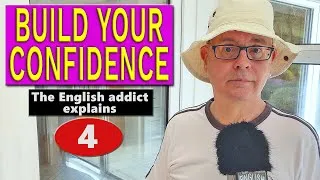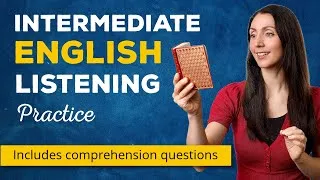What can DNA tests really tell us about our ancestry? - Prosanta Chakrabarty
1,265,442 views ・ 2020-06-09
אנא לחץ פעמיים על הכתוביות באנגלית למטה כדי להפעיל את הסרטון.
New videos
Original video on YouTube.com
אתר זה יציג בפניכם סרטוני YouTube המועילים ללימוד אנגלית. תוכלו לראות שיעורי אנגלית המועברים על ידי מורים מהשורה הראשונה מרחבי העולם. לחץ פעמיים על הכתוביות באנגלית המוצגות בכל דף וידאו כדי להפעיל את הסרטון משם. הכתוביות גוללות בסנכרון עם הפעלת הווידאו. אם יש לך הערות או בקשות, אנא צור איתנו קשר באמצעות טופס יצירת קשר זה.







